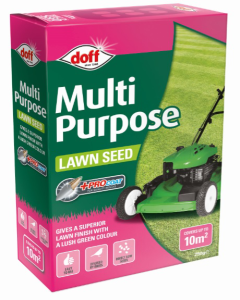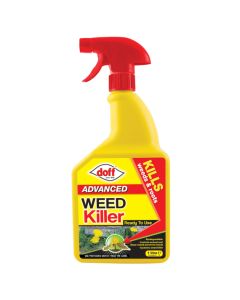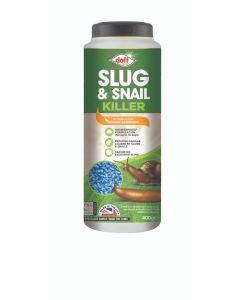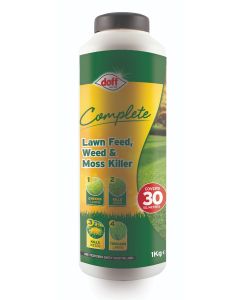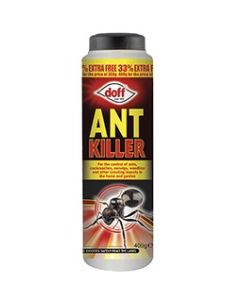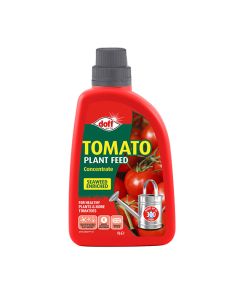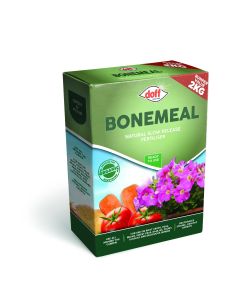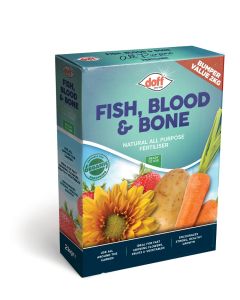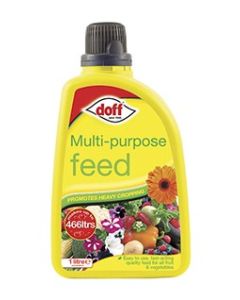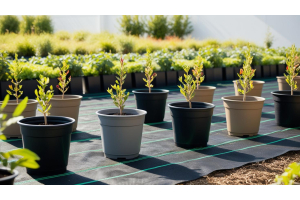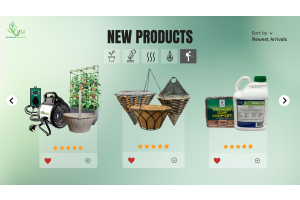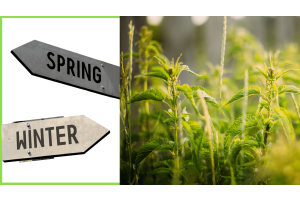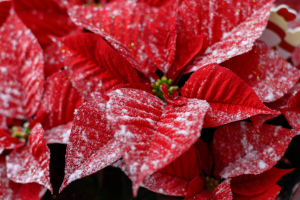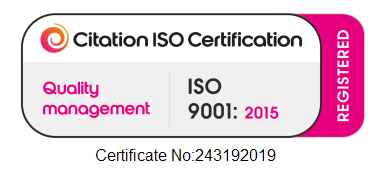Conquer Aphids: Effective Strategies for Controlling Aphids in Greenhouses
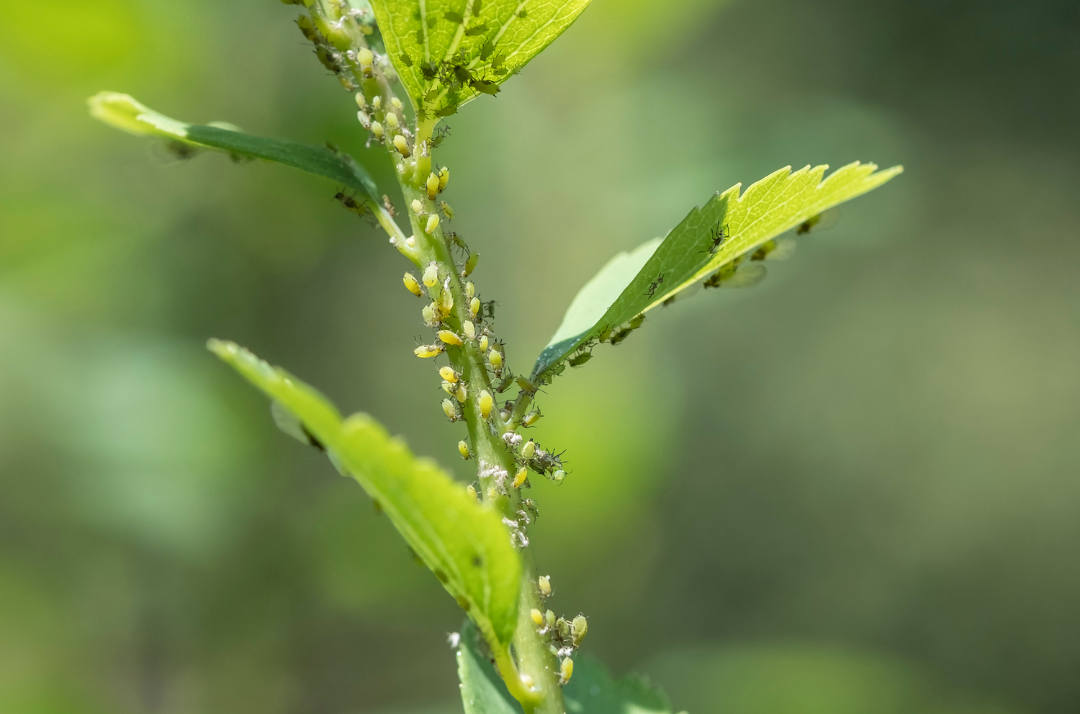
Aphids, also known as plant lice, are small insects that can wreak havoc in your greenhouse. These tiny pests have a soft body and feed on the sap of plants, causing damage to leaves, stems, and flowers. They reproduce rapidly, with females capable of giving birth to live young without mating. This ability to reproduce quickly makes aphids a formidable pest to deal with. In this article, we will explore various strategies to effectively control aphids in greenhouses.
Understanding the Damage Caused by Aphids
Aphids can cause significant damage to greenhouse plants. They pierce the plant tissues with their needle-like mouthparts and suck out the sap, weakening the plant and inhibiting its growth. As aphids feed, they excrete a sticky substance called honeydew, which can attract other pests like ants and promote the growth of sooty mold. The leaves of infested plants may become distorted or curled, and flowers may fail to develop properly. In severe cases, aphids can even transmit plant viruses, further compromising the health of your plants.
Identifying Aphids in Your Greenhouse
To effectively control aphids, it is crucial to correctly identify them. Aphids come in different colours, including green, yellow, brown, and black. They are usually small, ranging from 1 to 10 millimetres in length. One distinctive feature of aphids is their cornicles, which are two small tubes located at the rear end of their bodies. These cornicles can help differentiate aphids from other pests. Regular monitoring of your greenhouse plants is essential to catch aphid infestations early. Look for clusters of aphids on the undersides of leaves or near the growing tips of plants.
Natural Predators of Aphids - The Role of Ladybirds
Ladybirds, also known as ladybugs, are beneficial insects that play a crucial role in controlling aphid populations. Ladybirds feed on aphids and can consume a large number of them in a short period. Their larvae are particularly voracious predators of aphids. Introducing ladybirds into your greenhouse can be an effective biological control method for aphids. You can attract ladybirds by planting nectar-rich flowers such as daisies, marigolds, and yarrow. Ladybirds can also be purchased from garden centres or online suppliers and released into your greenhouse.
Cultural Control Methods for Aphids
Implementing cultural control methods can help prevent and manage aphid infestations in your greenhouse. One effective method is to practice crop rotation. By regularly rotating your greenhouse crops, you can disrupt the life cycle of aphids and reduce their numbers. Another cultural control method is to maintain proper plant spacing. Overcrowded plants create favorable conditions for aphids to thrive. Additionally, removing and destroying infested plant material can prevent the spread of aphids to healthy plants. Regularly cleaning and disinfecting your greenhouse equipment and surfaces can also help eliminate overwintering aphid eggs.
Biological Control Methods for Aphids
Biological control methods involve the use of natural enemies to manage aphid populations. Apart from ladybirds, other beneficial insects such as lacewings and parasitic wasps can also prey on aphids. Lacewing larvae are ferocious predators that feed on aphids, while certain species of parasitic wasps lay eggs inside aphids, eventually killing them. You can attract these beneficial insects by planting pollen and nectar-rich flowers in your greenhouse. Another biological control method is the release of commercially available beneficial nematodes, which can infect and kill aphids in the soil.
Chemical Control Methods for Aphids - The Use of Insecticides
When other control methods fail or in severe infestations, the use of insecticides may be necessary. However, it is important to use insecticides judiciously and responsibly. Select insecticides that specifically target aphids and follow the instructions on the label carefully. Apply the insecticide during periods when beneficial insects are less active, such as early morning or late evening. Consider using insecticidal soaps or oils, which are less harmful to beneficial insects than conventional insecticides. Regularly rotate between different insecticides to avoid aphids developing resistance.
Protecting Your Plants from Aphids - Preventive Measures
Prevention is always better than cure when it comes to aphids. Taking proactive measures can help protect your plants from aphid infestations. Firstly, practice good greenhouse hygiene by regularly cleaning and removing plant debris. Aphids are attracted to weak and stressed plants, so make sure to provide your plants with proper care, including adequate watering, fertilization, and pest management. Using reflective mulches or aluminum foil around the base of plants can deter aphids by confusing them. Additionally, installing physical barriers like insect netting can prevent aphids from entering your greenhouse.
Integrated Pest Management for Aphids
Integrated Pest Management (IPM) combines various control methods to effectively manage aphid populations while minimizing the use of chemicals. Start by monitoring your plants regularly for aphid activity. If aphids are detected, first try using cultural and biological control methods, such as introducing ladybirds or practicing crop rotation. If these methods are not sufficient, consider using insecticidal soaps or oils. Always adhere to the principles of IPM, which include using the least toxic control method first, correctly identifying the pest, and monitoring the effectiveness of control measures.
Conclusion and Key Takeaways
Controlling aphids in greenhouses requires a multi-faceted approach. By understanding the damage caused by aphids and properly identifying them, you can take targeted actions to control their populations. Utilizing natural predators like ladybirds and implementing cultural and biological control methods can significantly reduce aphid infestations. In cases where other methods fail, judicious use of insecticides can be considered. However, prevention remains the best strategy, so make sure to practice good greenhouse hygiene and provide optimal care for your plants. By following these strategies and embracing integrated pest management, you can conquer aphids and protect your greenhouse plants effectively.

